Broken Circles
This blog post contains Amazon affiliate links. As an Amazon Associate, I earn a small commission from qualifying purchases.
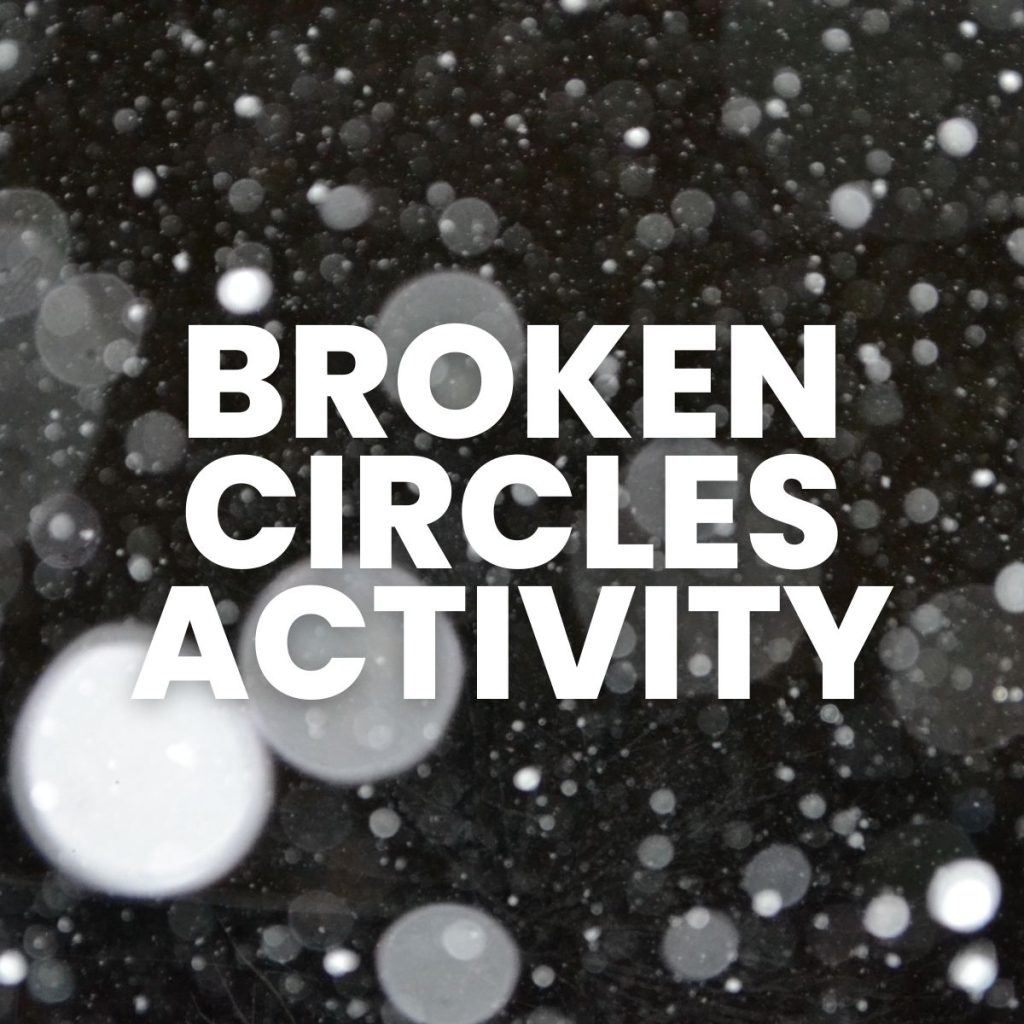
Looking for more first day of school activities and puzzles for your classroom? I have a giant blog post dedicated to 40+ activities for the first week of school.
Here’s a few examples of some of these engaging activities for the beginning of the school year.
Inspiration/Origin of Broken Circles
I was introduced to the classic Broken Circles activity when I read Elizabeth Cohen’s Designing Groupwork: Strategies for the Heterogeneous Classroom. This is one of the most practical and applicable education books I have ever read.
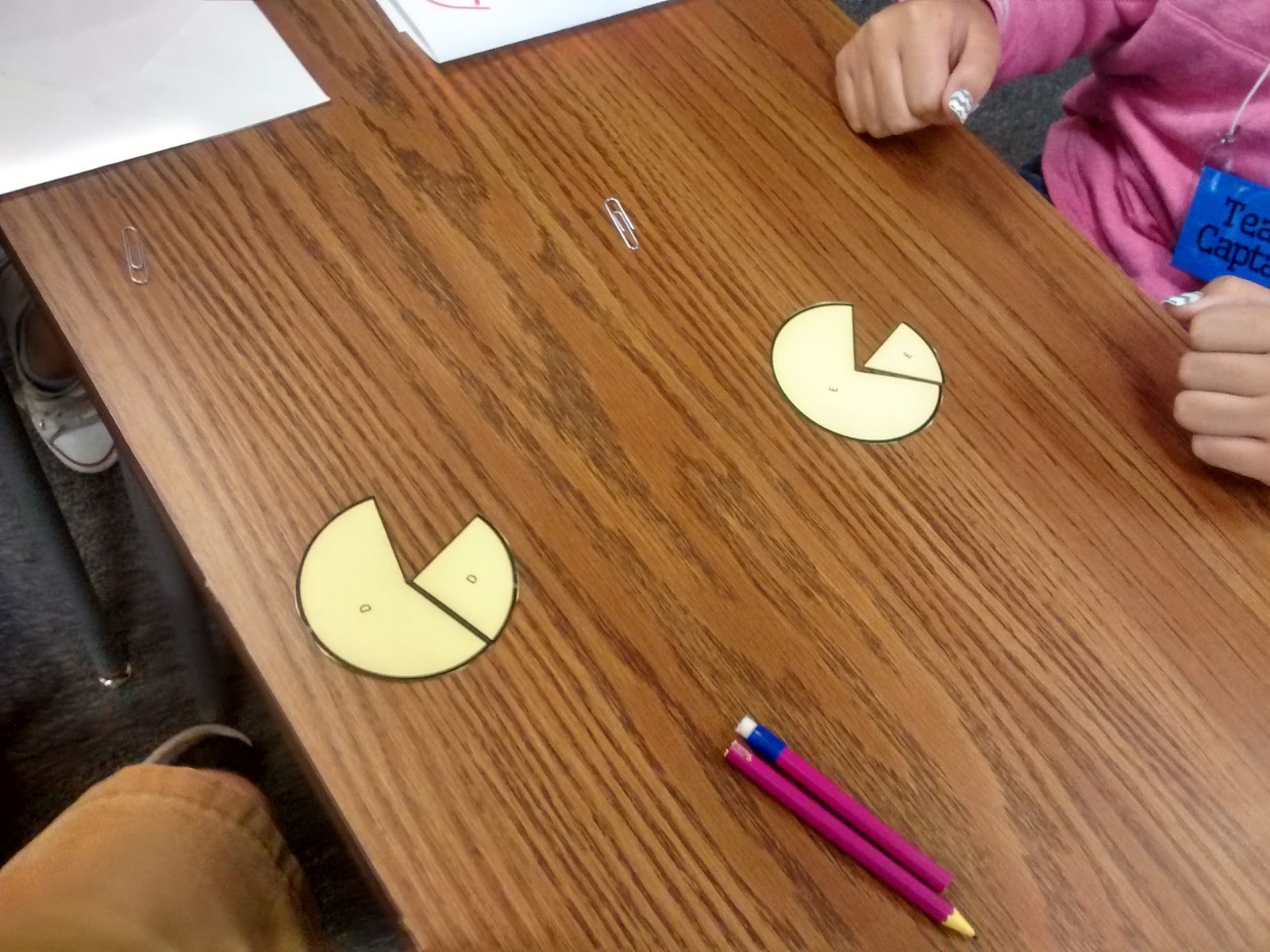
As I continue in my journey to engage my students in productive group work, this has been a book that I have referenced over and over.
It was a comment by Erin Flotte that originally led me to purchase the book. Having now read and applied the lessons from this book, I completely agree with her recommendation.

A few years ago, I made these classroom/group work norms posters to hang up in my classroom.
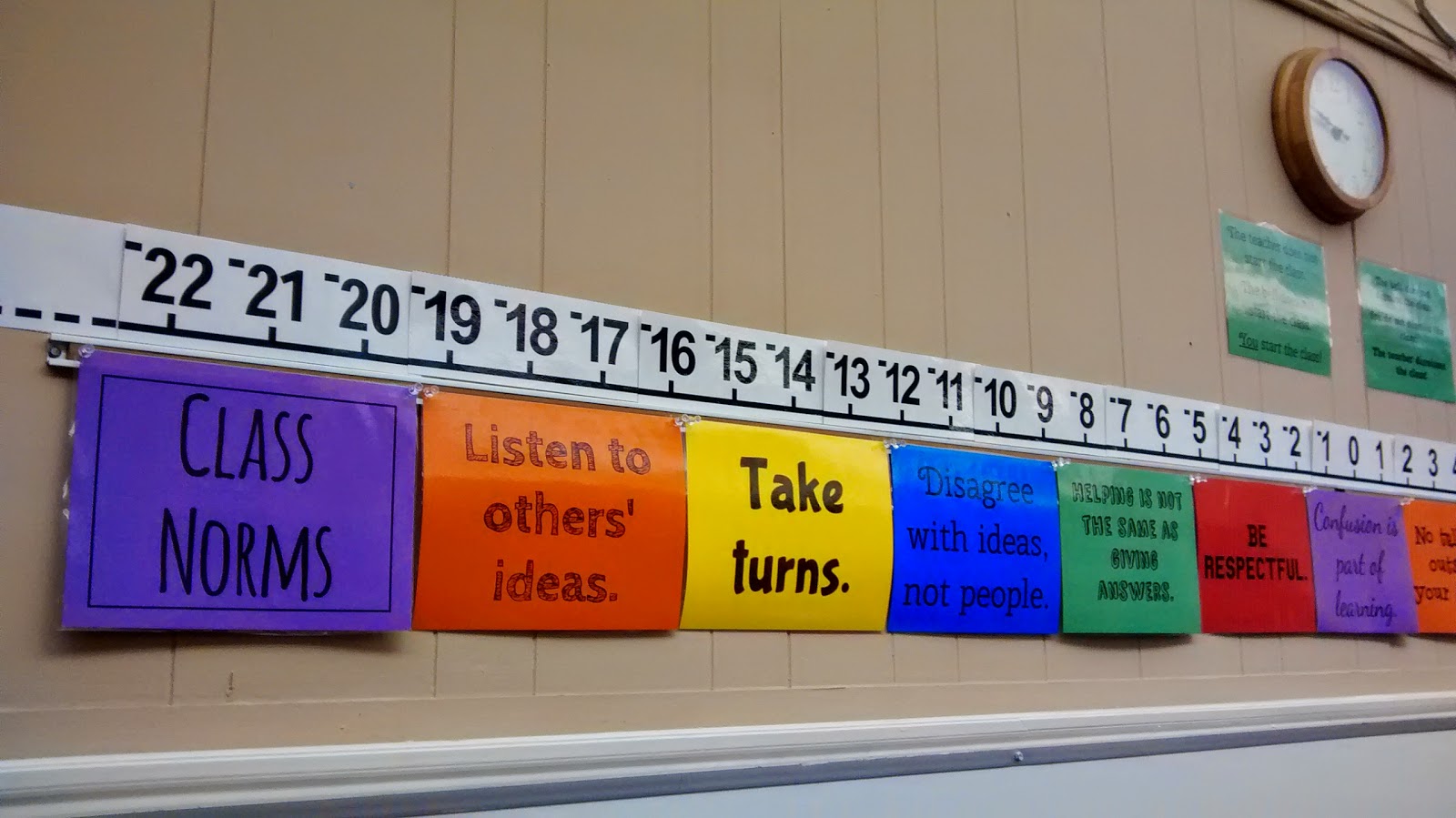
I naively thought that hanging posters up on the wall would magically convince my students that this was how they should work together. They would point to one of the posters every once in a while and make a comment, but other than that the posters didn’t really do much to change the culture of my classroom.
Cohen’s Designing Groupwork emphasizes that classroom norms must be taught, practiced, and continually reinforced if you want your classroom to be characterized by them. Helpfully, the book provides concrete activities you can do with your students to illustrate the importance of these norms.
Cohen claims that time spent reinforcing norms is time well-spent because it allows future groupwork to proceed much more efficiently.
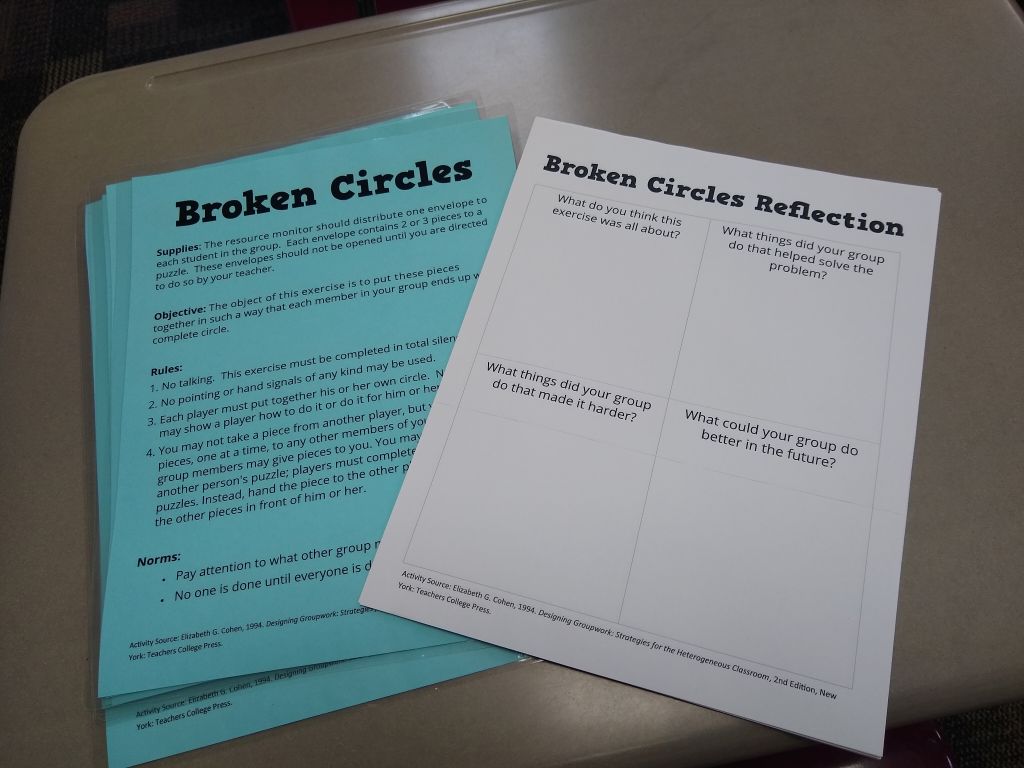
The first activity that really caught my eye in Designing Groupwork was Broken Circles. Cohen notes that Broken Circles was developed by Nancy and Ted Graves.
Additionally, this activity is based on an activity known as Broken Squares that was invented by Dr. Alex Bavelas.
Broken Circles Rules
For the Broken Circles Activity, students are placed in groups of 3-6. Each student is given an envelope that contains 2-3 puzzle pieces. The objective of the activity is for students to put their pieces together in such a way that each student has a complete circle.
There are some very specific rules that must be followed, though.
- No talking. This exercise must be completed in complete silence.
- No point or hand signals may be used at any time.
- Each player must put together his or her own circle. No one may show another player how to put together his or her circle or do it for him or her.
- Students may not take pieces from another student. However, they may give one or more of their pieces to another student. They may not put the piece in another person’s puzzle. Instead, they must hand it to the other person or lay it down on their desk.
I typed up a task card for this Broken Circles activity which I laminated and provided to each group of students.
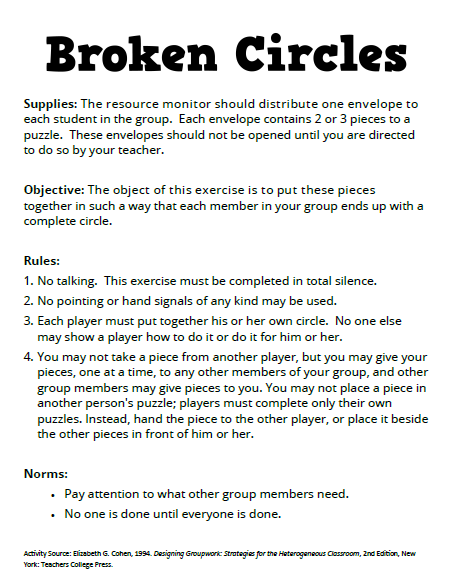
Broken Circles Pieces
So, what do the pieces look like?
The book came with an image of how to make the puzzle by cutting up pieces of card board. I instantly turned to google with the hopes that someone had made the puzzle into a pdf I could just print out.
I thought I had lucked out when I found this Word Document on Stanford’s website. I printed out the pieces to play around with them, but the angles were not accurately drawn.
Three pieces that were supposed to fit together and make a perfect circle just didn’t. [NOTE: This file does have the full text description of the activity as found in Cohen’s book in case you want to read about the activity in more authoritative detail!]
Here’s what the Stanford template looked like. If you look closely at the A wedges in the first three triangles, you’ll see the issue I ran into.
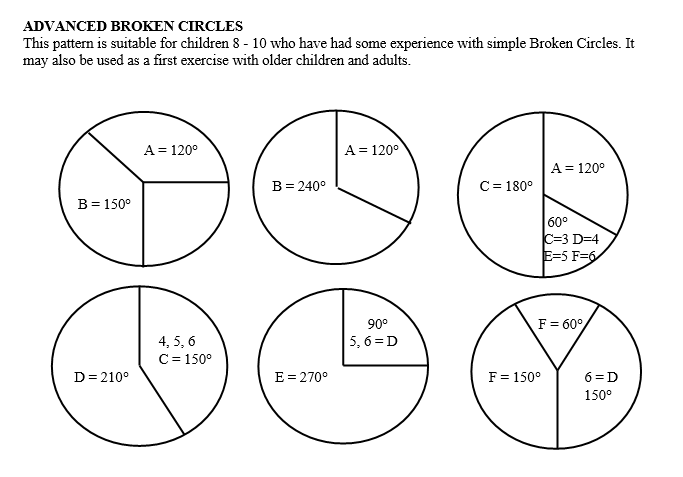
I decided to recreate the circle pieces in Geogebra for several reasons. The circles in the file from Stanford are designed for groups of 6 students.
I wanted to be able to use this activity with my groups of 4 and possibly a group of 5 or 6, if necessary. Creating my own template would make this much easier.
Additionally, I wanted to resize the circles to be much smaller. Instead of each circle taking up an entire page, I designed my circles so that each group’s circles would print on a single page.
This made laminating and cutting out all of the pieces a much less daunting task.
MATH = LOVE RECOMMENDS…

A laminator is a MUST-HAVE for me as a math teacher! I spent my first six years as a teacher at a school with a broken laminator, so I had to find a way to laminate things myself.
I’ve had several laminators over the years. I currently use a Scotch laminator at home and a Swingline laminator at school.
I highly recommend splurging a bit on the actual laminator and buying the cheapest laminating pouches you can find!
Here are the circle templates for a group of 6 students. All of the pieces with the same letter go in a single envelope.
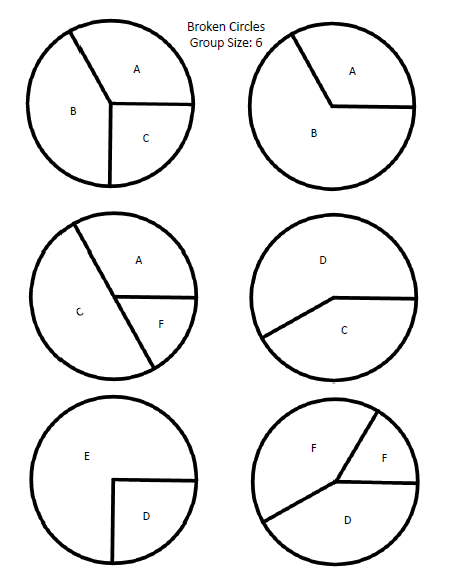
To make the activity work for a group of 5, the last circle is deleted. And, the remaining F piece is redistributed to make up for the piece that was taken from the D envelope.
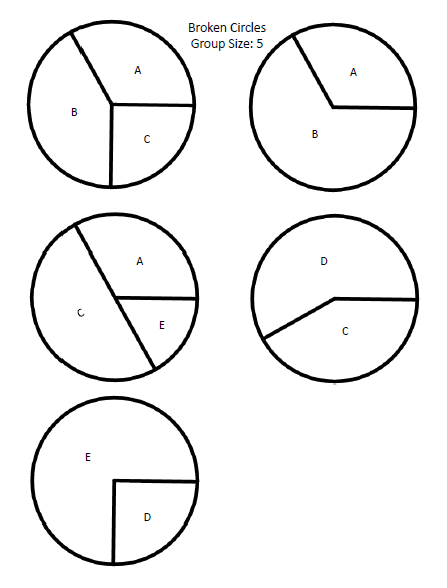
I repeated the process for group sizes of 4 and 3.
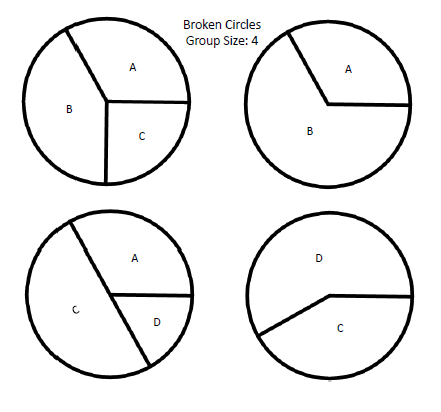
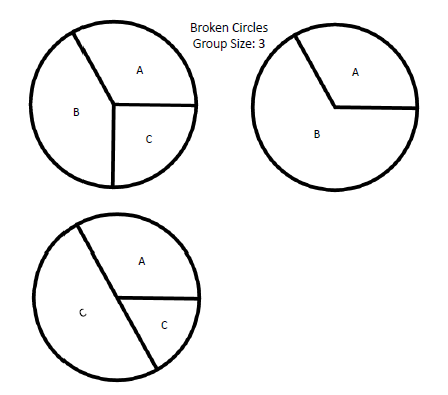
I cut up all of the laminated circles and placed them in small envelopes.
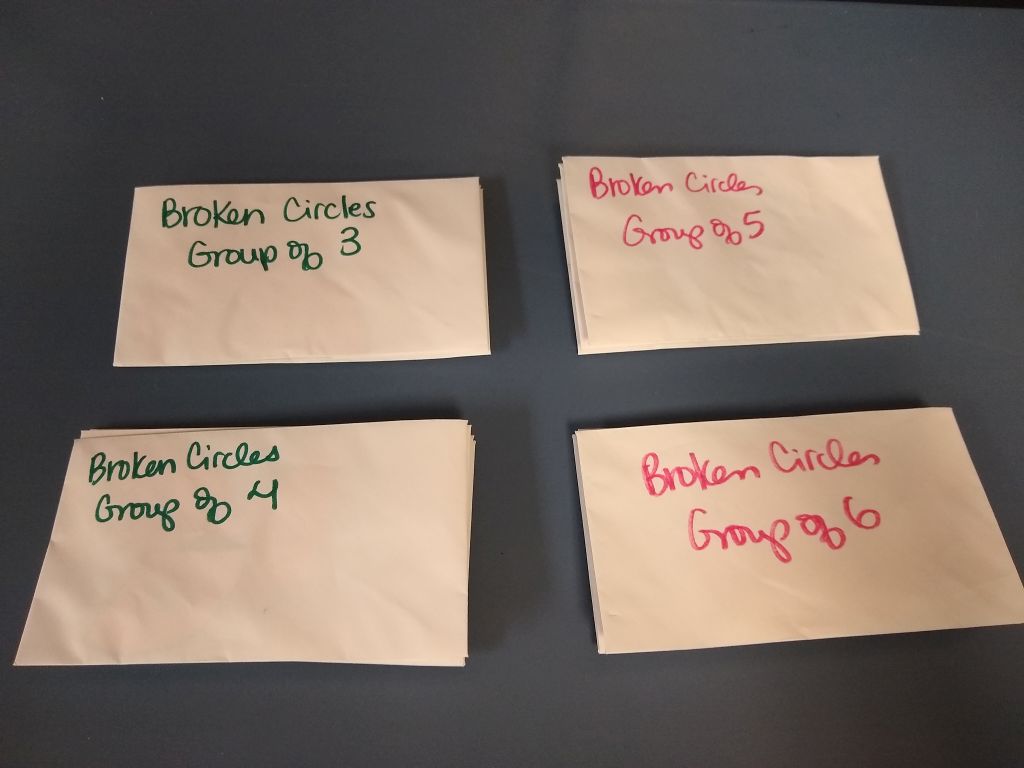
I labeled the group size on the outside of each envelope. This let me easily use this activity with students, even if I have mismatched groups.
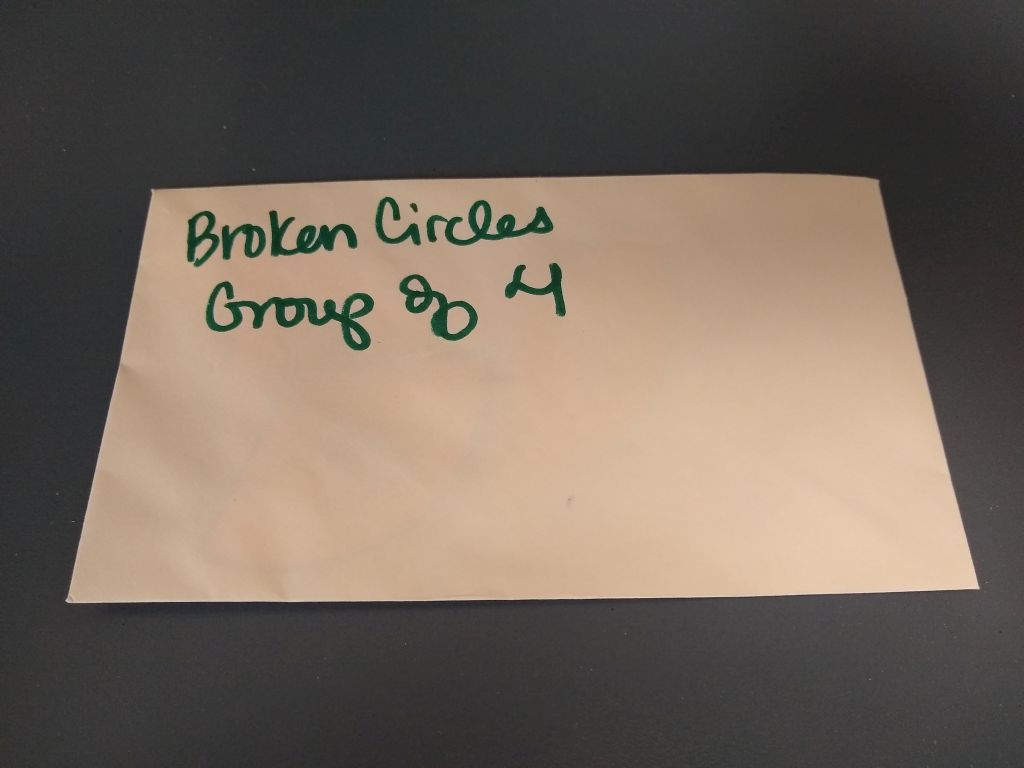
When groups open their envelopes, they find the circle pieces paperclipped together. All of the A pieces are clipped together. All of the B pieces are clipped together, and so on.
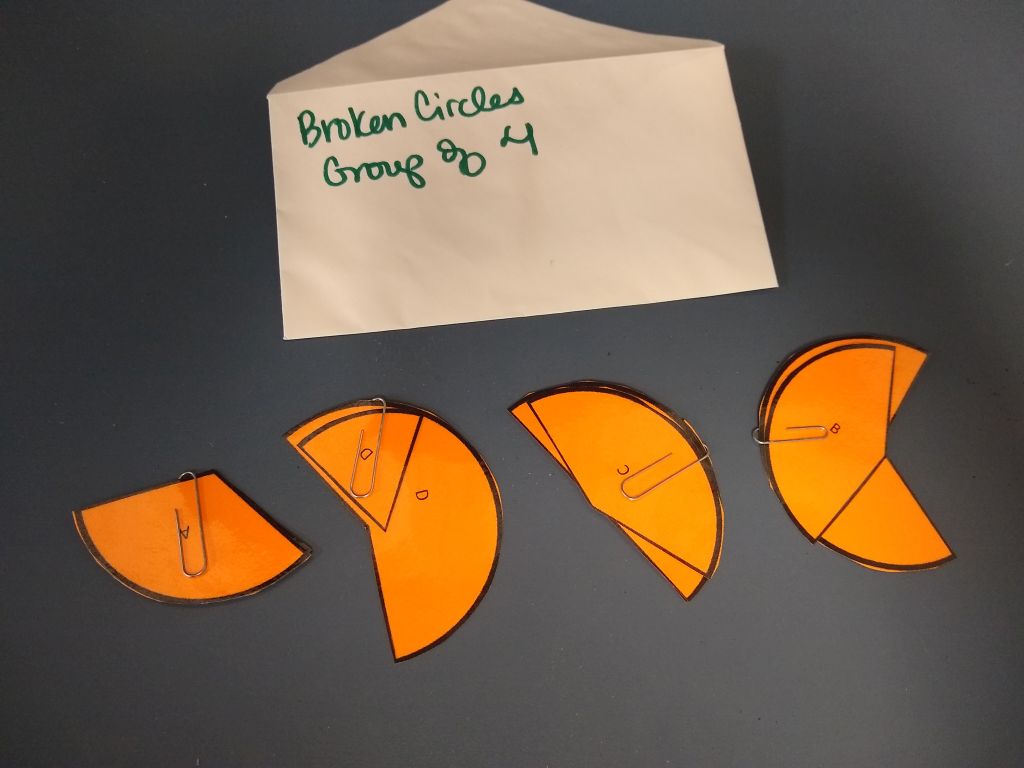
When students unclip their pieces and lay them out in front of them, they will find that one student has a complete circle and the other students have mismatched pieces. This is the magic behind the activity.
Whichever student gets the A pieces must give up some of their pieces so that everyone in the group has a complete circle. This is a hard thing for them to do!
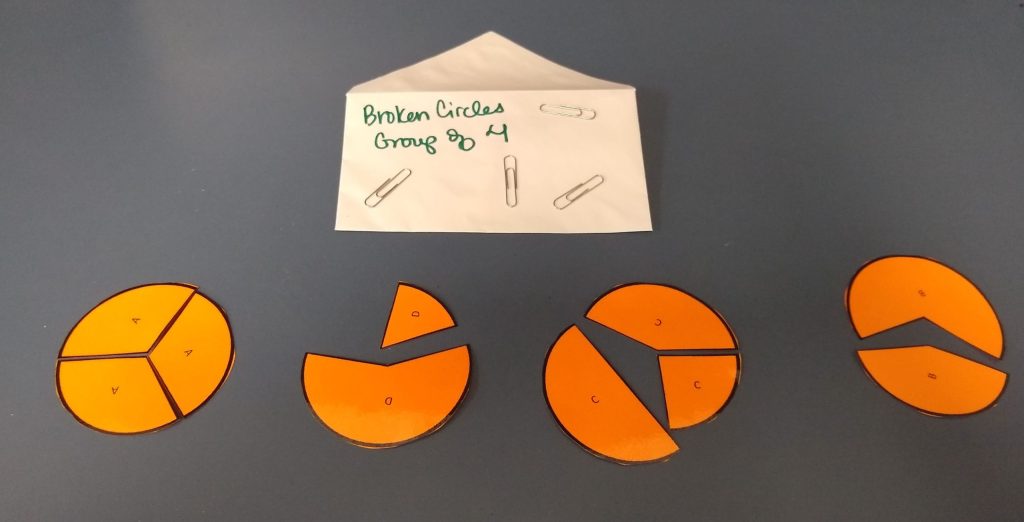
Let’s take a look at the circles for the other group sizes. Groups of 3 should be avoided whenever possible. As you can see, the activity will take substantially less time since there are substantially less pieces.
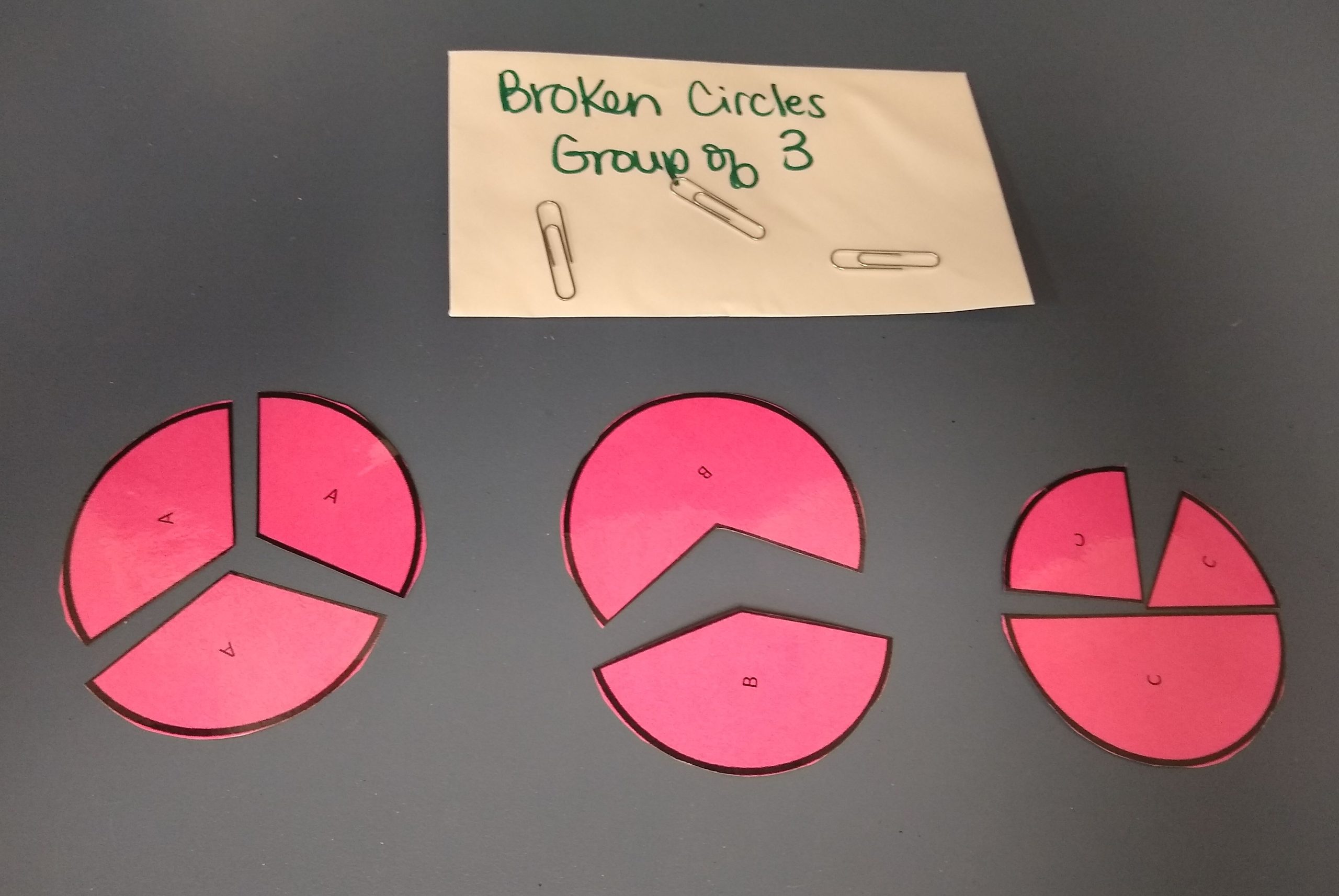
Groups of 6 will likely take the longest to solve.

Groups of 4 and 5 are definitely what I would aim for in doing this activity.
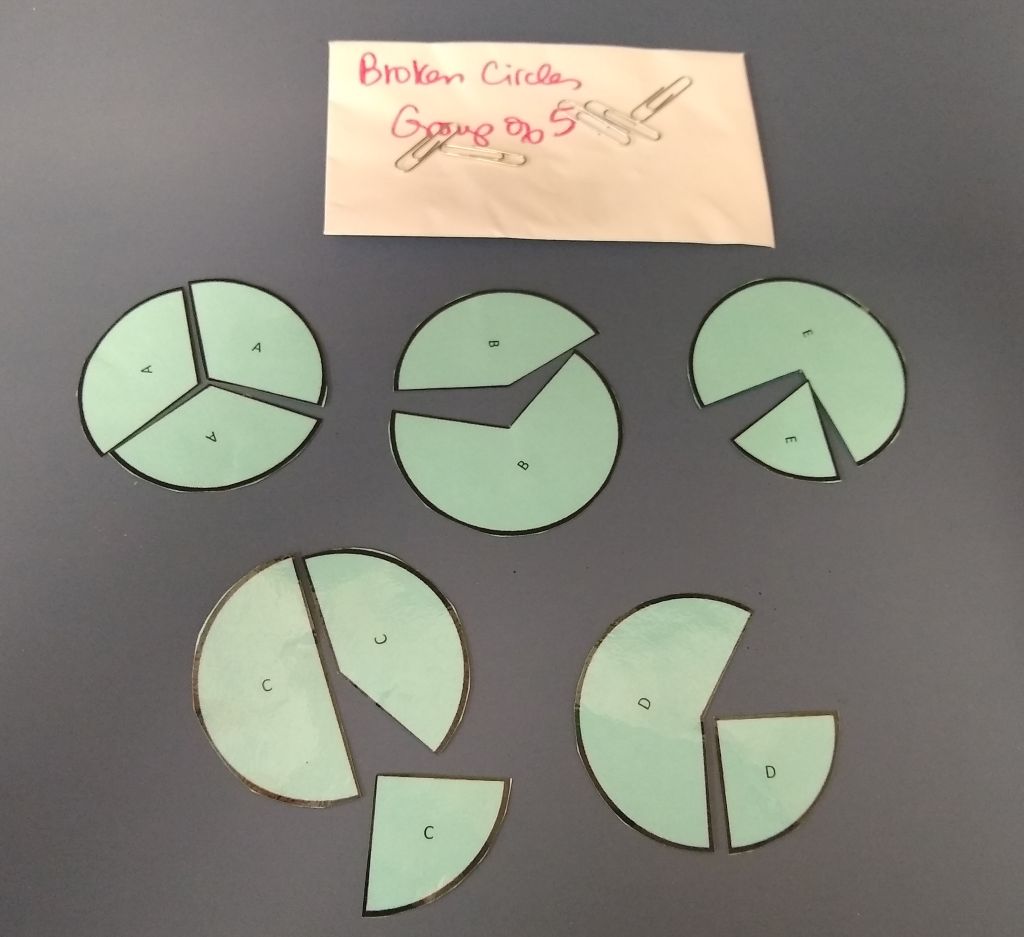
Why I LOVE this Activity
So, I still haven’t shared the part about this activity that makes me the most excited to use it in my classroom on the first day of school: It’s not as easy as it looks!
Of course, the no talking, no pointing, no touching other people’s pieces rules will make it tricky. What makes it super-tricky is that the person with the A envelope is going to set the tone of the activity without even realizing that they are doing so.
Take a moment to look at the three A pieces. Notice anything? Each of the three A pieces measures 120 degrees. What happens when you have three 120 degree pieces? Yes, Student A has an entire circle.
The task, however, is not for one student to form a complete circle. The task is that each student in the group would have a complete circle.
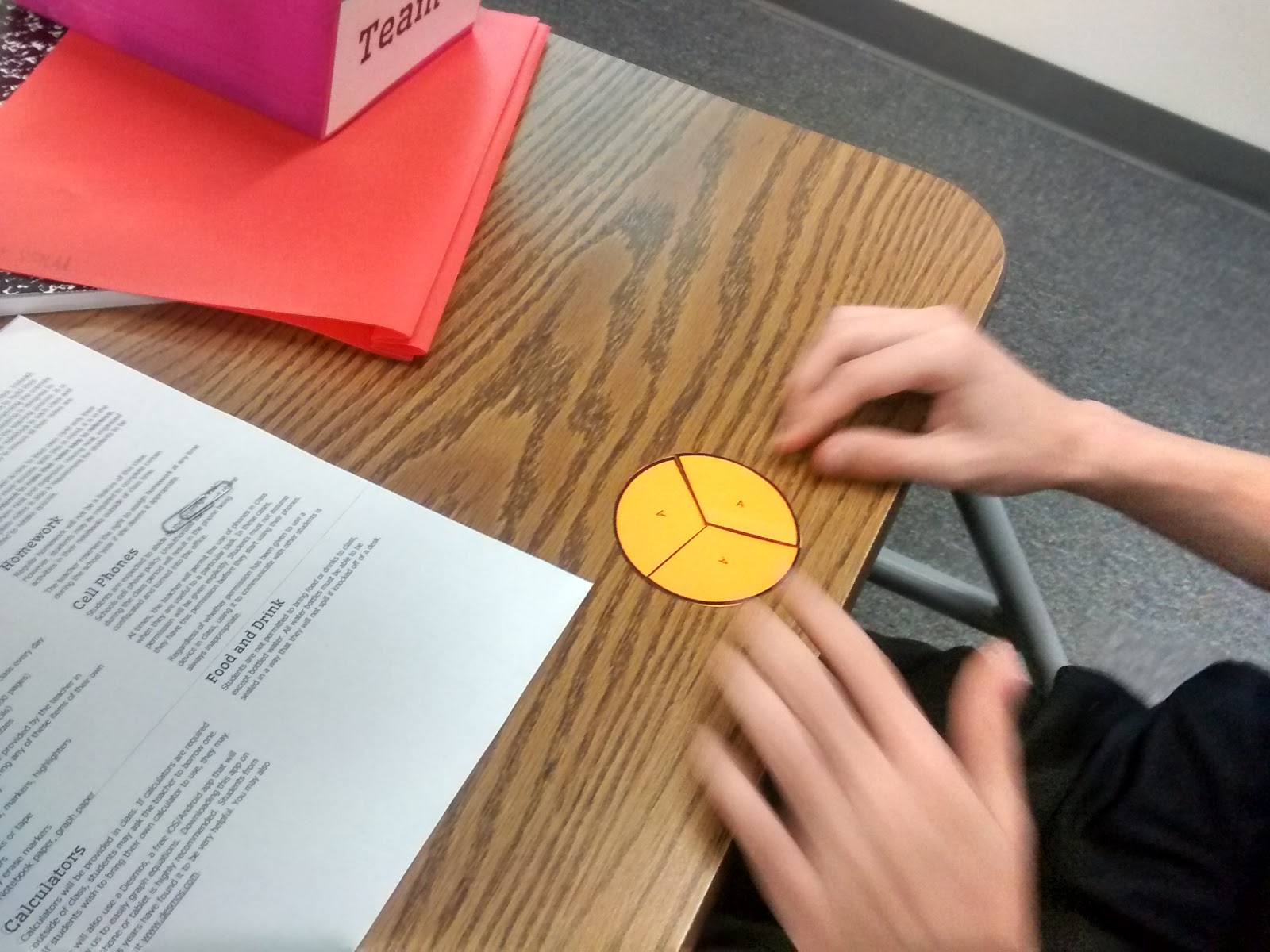
Now, take a look at the pieces for the other letters. They will most definitely not make a circle when put together. Most likely, thee person with the “A” envelope will get very excited and put their circle together. The rest of the students will struggle and struggle and struggle.
The group will not be able to make any headway until the person with the circle made of A’s decides to pay attention to what the other group members need. Even though all of A’s pieces will make a circle, this circle is not part of the final solution.
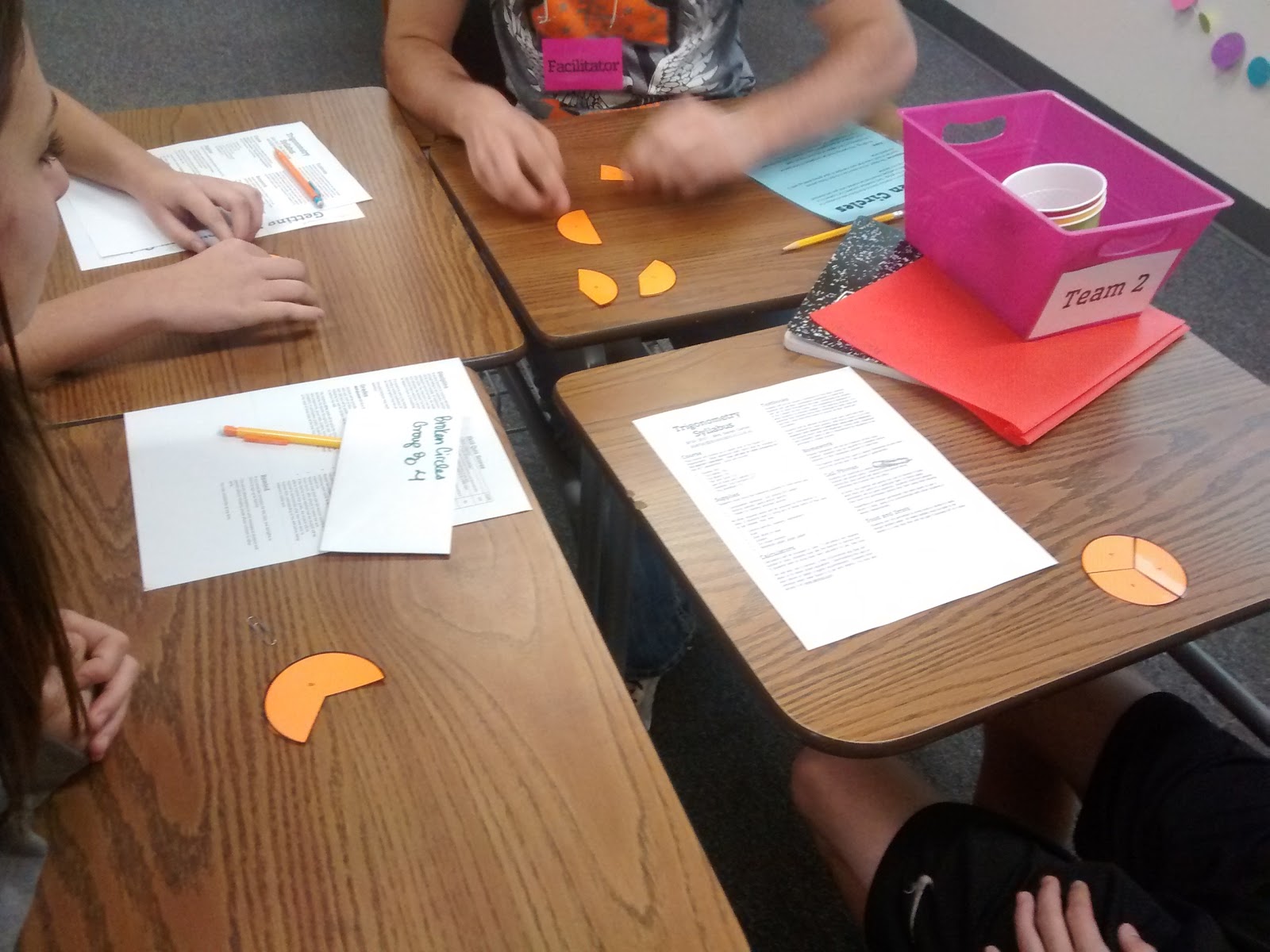
To succeed in this activity, students must pay attention to what their group members need. This is not something my students are accustomed to, and I’m hoping it will be a powerful lesson for them.
Here are the two norms that this activity is meant to reinforce:
- Pay attention to what other group member’s need.
- No one is done until everyone is done.
Broken Circles Reflection
I created a reflection sheet for students to complete after they finish the broken circles activity. Each person in the group will be responsible for filling out a different box on the sheet.
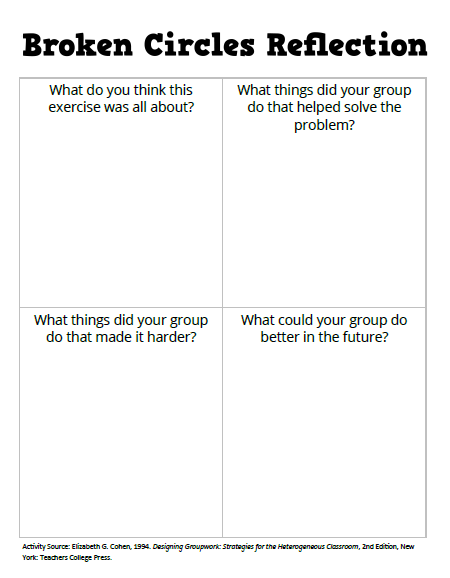
The activity wraps up with a class discussion about what we learned about being effective group members.
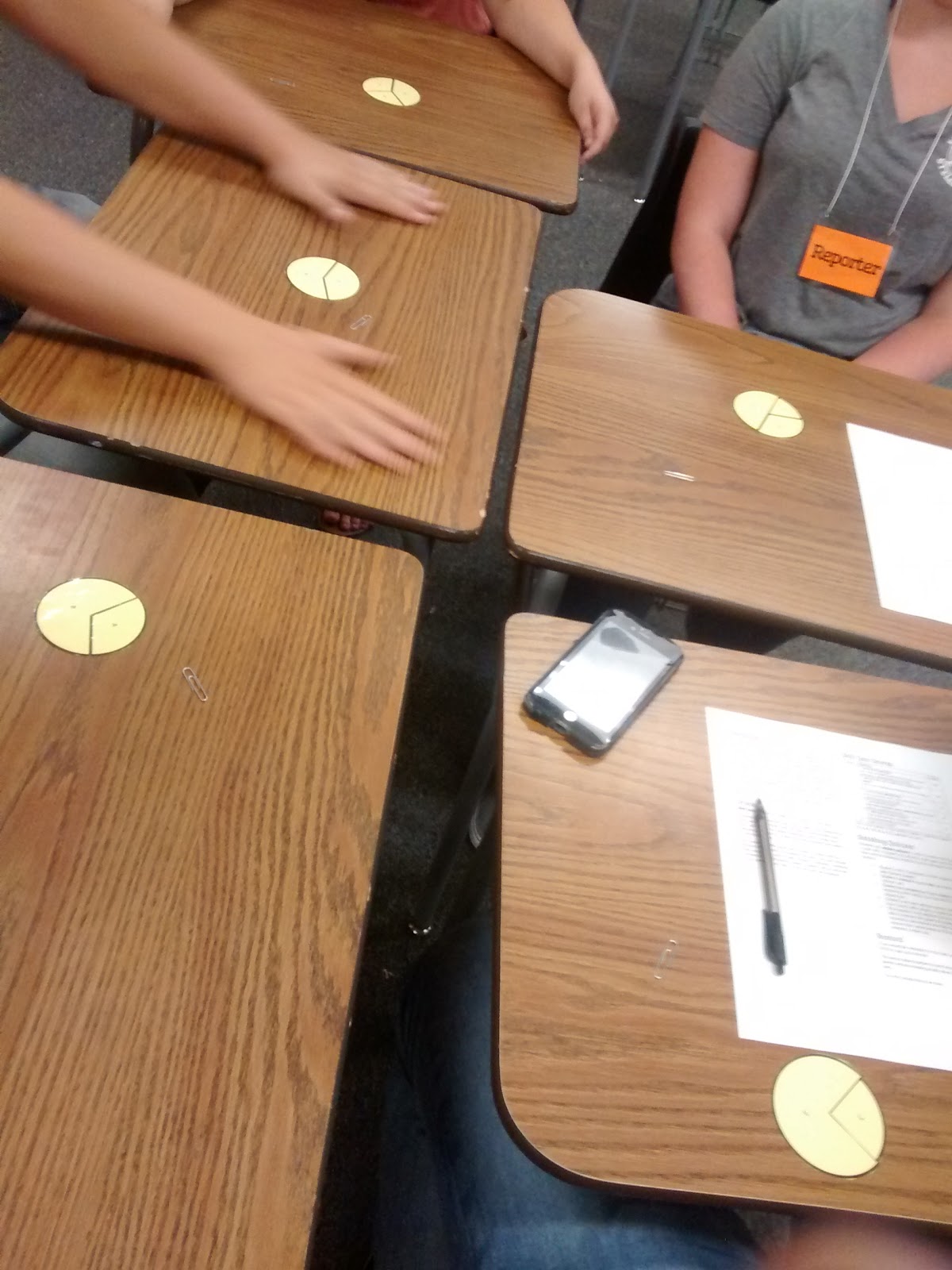
How Long Does the Activity Take?
You’ll need to download these free fonts if you plan to edit the Publisher files; HVD Comic Serif Pro and Open Sans. If you download the PDF files, the fonts will be embedded, but the files will not be able to be edited.
The length of time that this activity takes depends on several variables. In general, groups finish faster when group size is smaller. This makes sense because there are fewer exchanges of pieces necessary to solve the puzzles.
If you have students in groups of three, they can often finish the task in as little as 2 minutes.
In groups of 4, 5, and 6, students normally take between 6 and 8 minutes to complete the broken circles task.
Alternative Versions of Broken Circles
If squares are more your thing or you don’t want to spend time cutting out circles, here’s a link to a Broken Squares activity I found.
Free Download of Broken Circles Activity
Click here to Download
Broken Circles Circle Templates (PDF)
9479 downloads – 261.57 KB
Click here to Download
Broken Circles Group Reflection Sheet (PDF)
7214 downloads – 253.16 KB
Click here to Download
Broken Circles Task Card (PDF)
7965 downloads – 283.85 KB
Click here to Download
Broken Circles (Editable Publisher Files ZIP)
4066 downloads – 836.59 KB

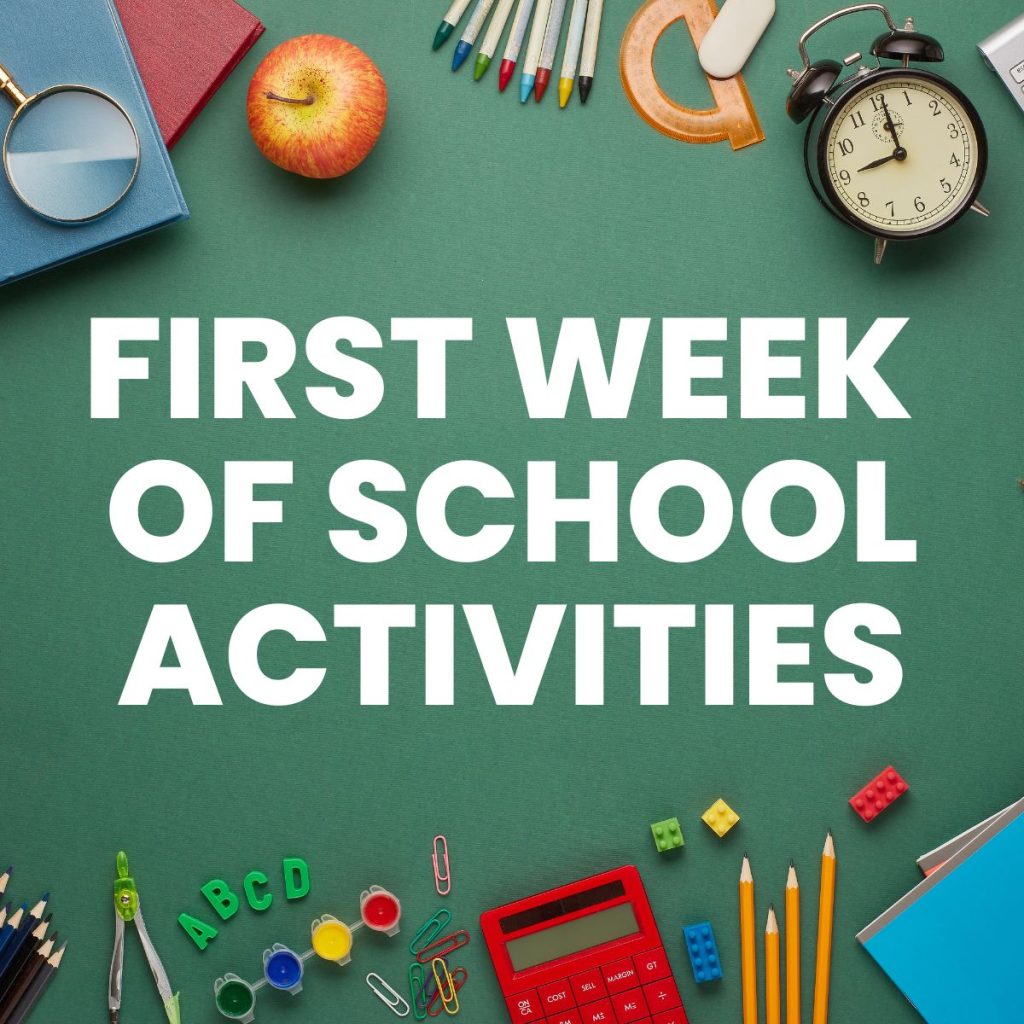
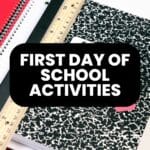
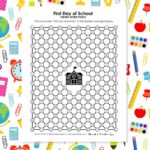

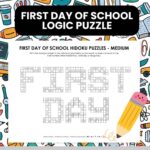
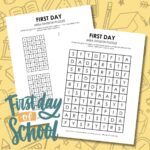
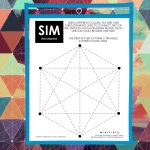
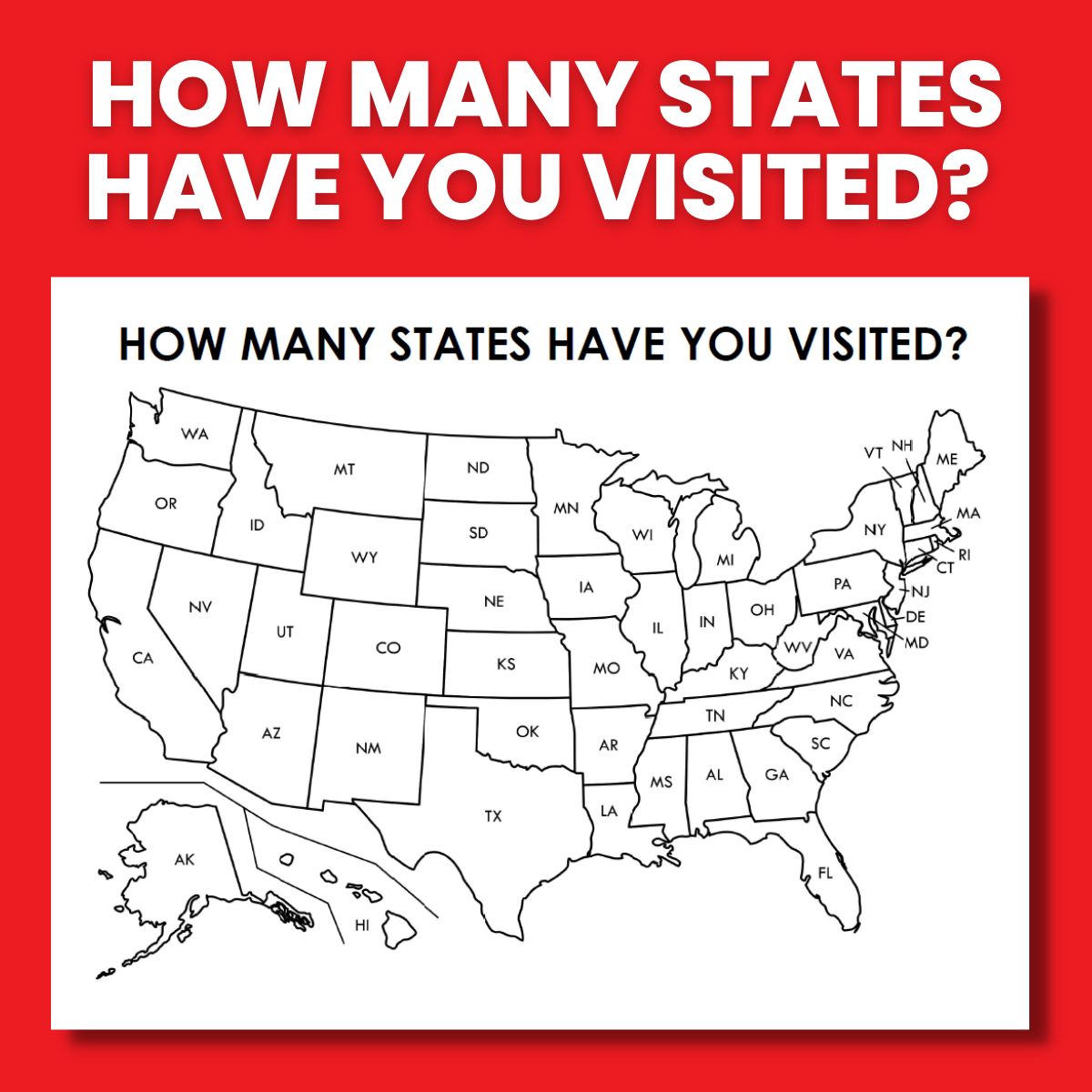
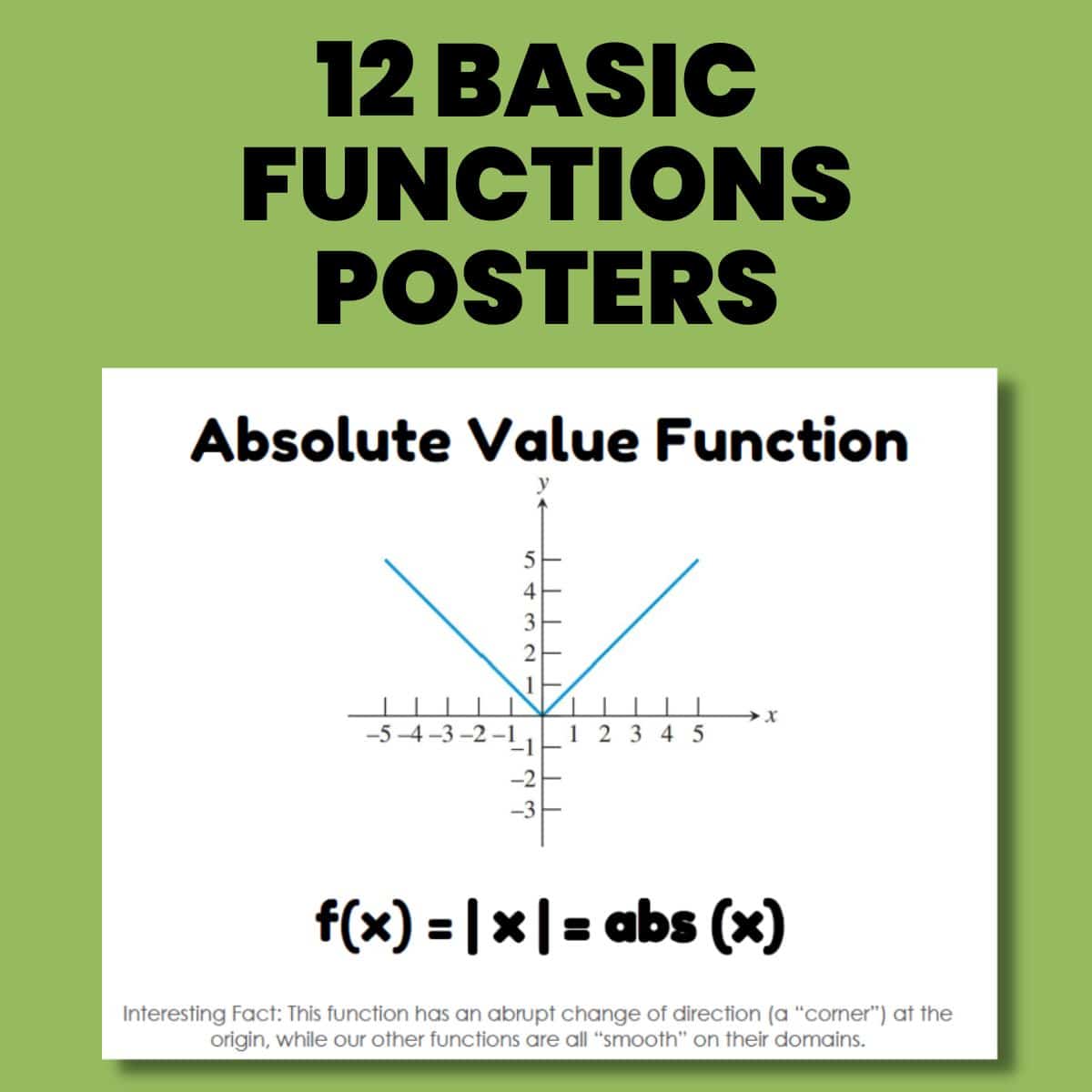
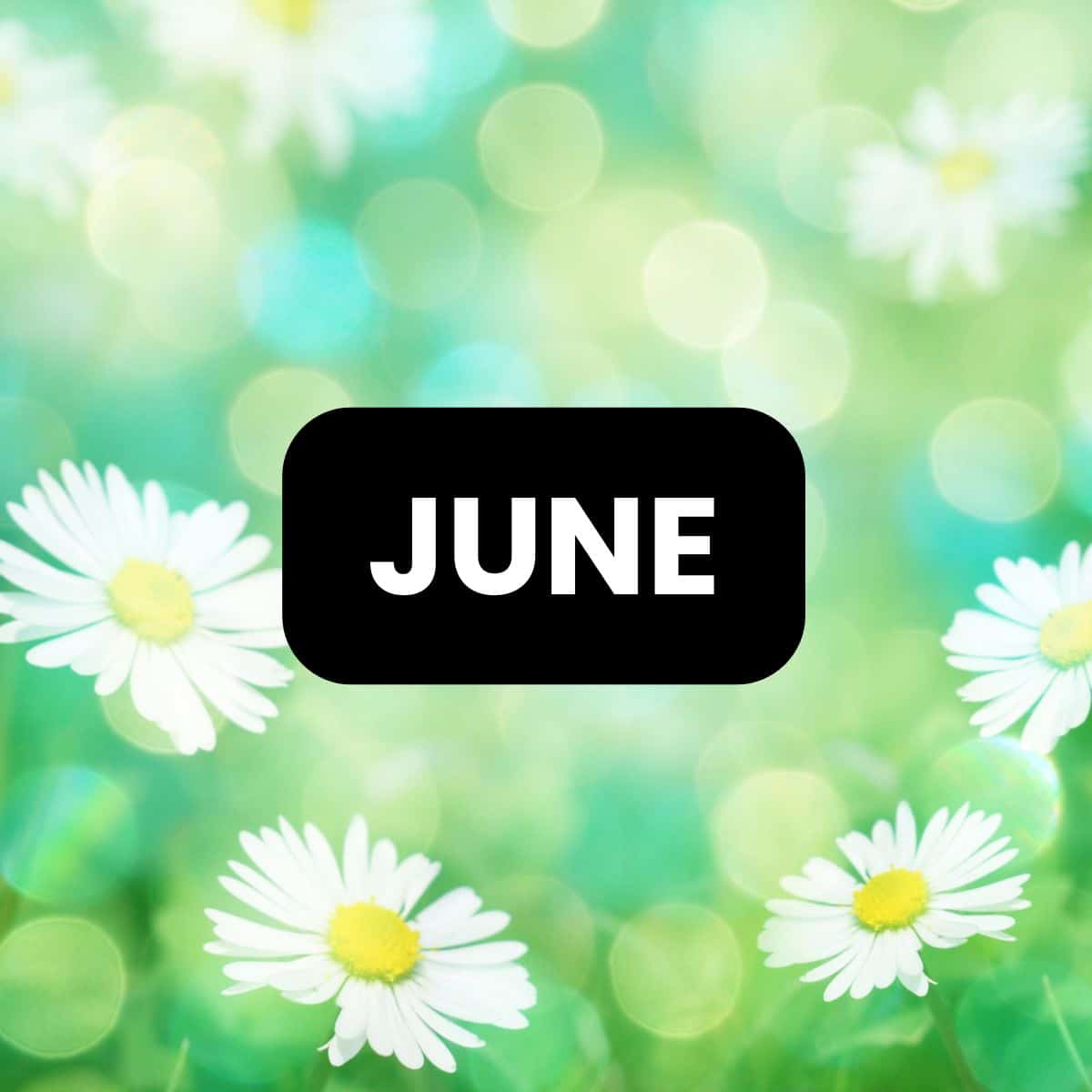
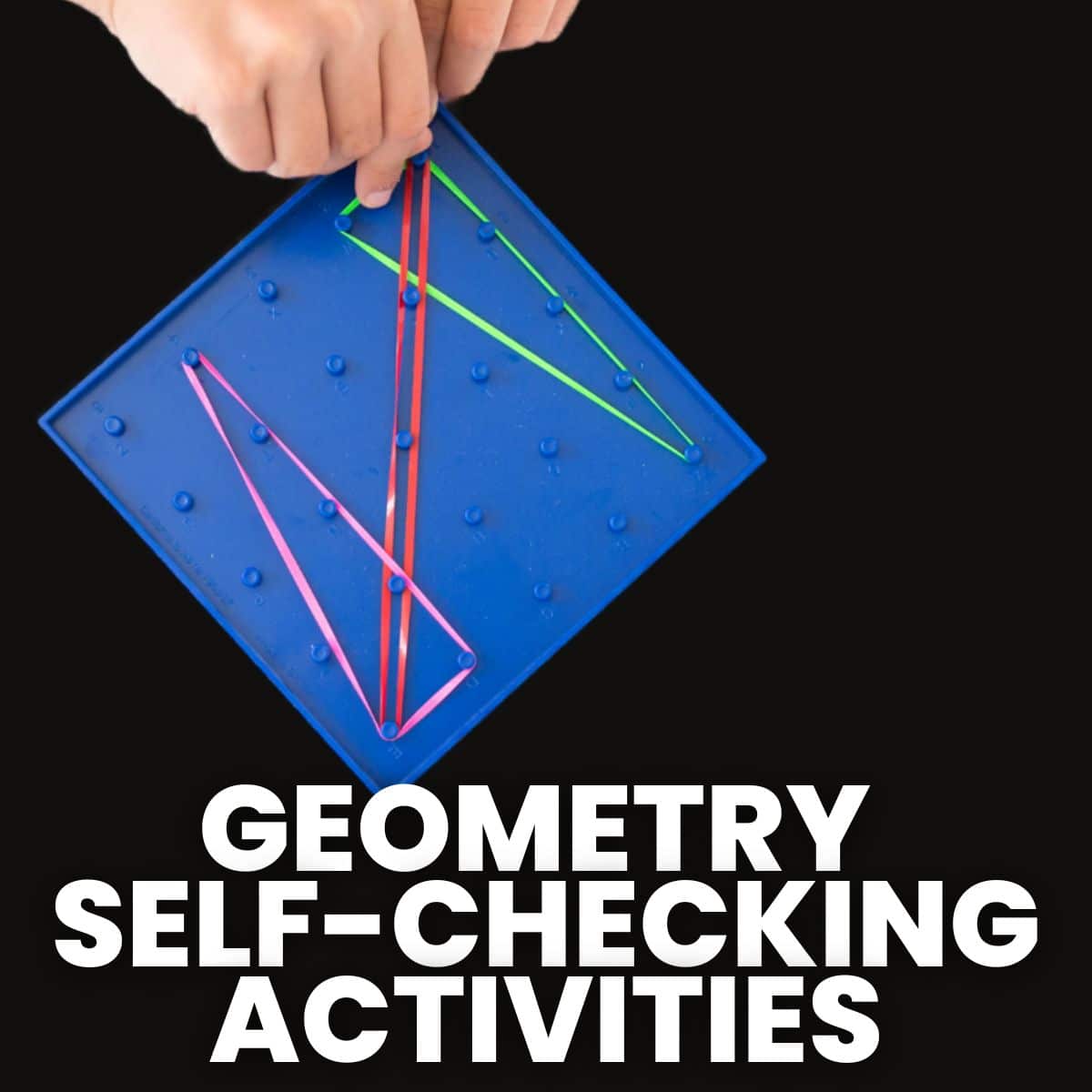
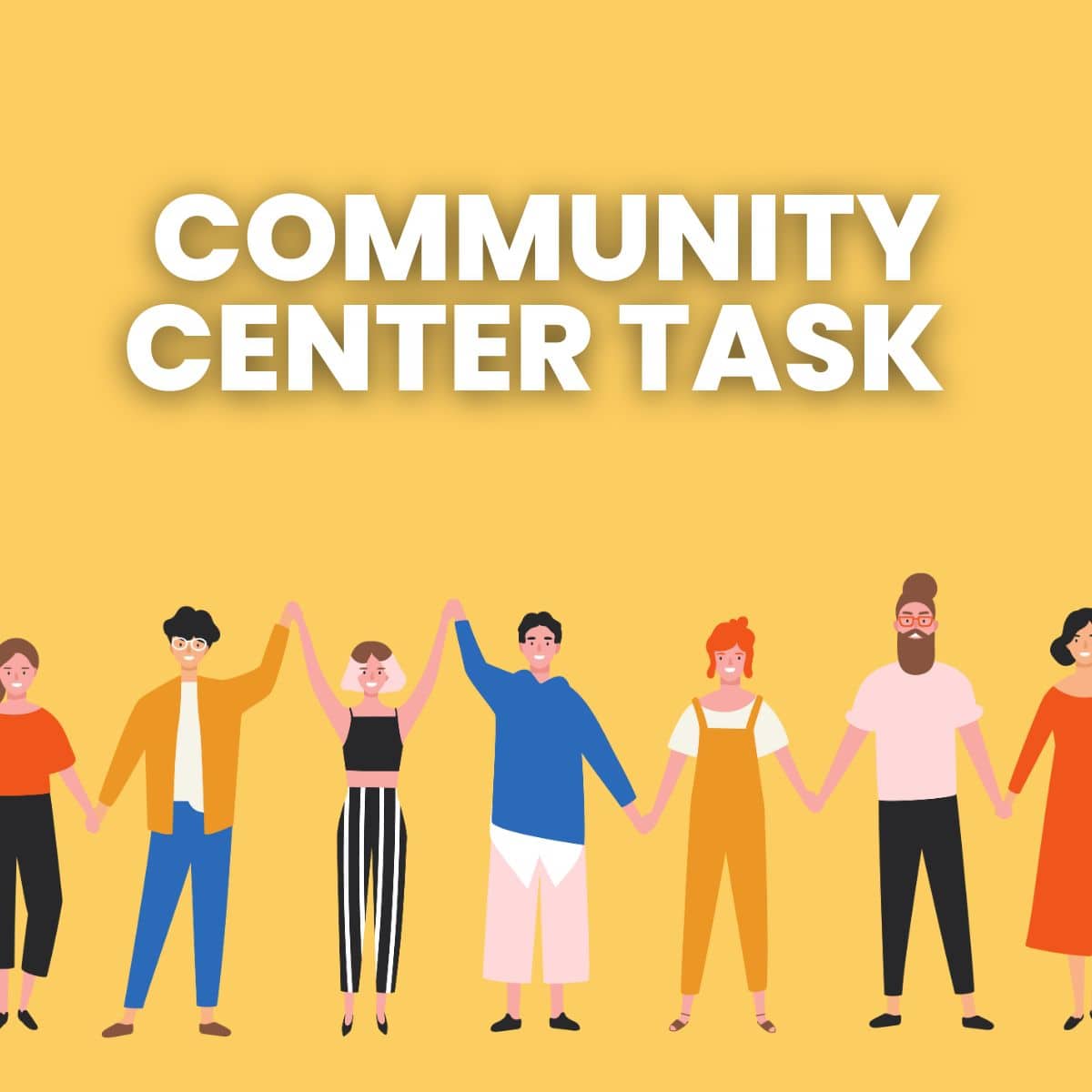
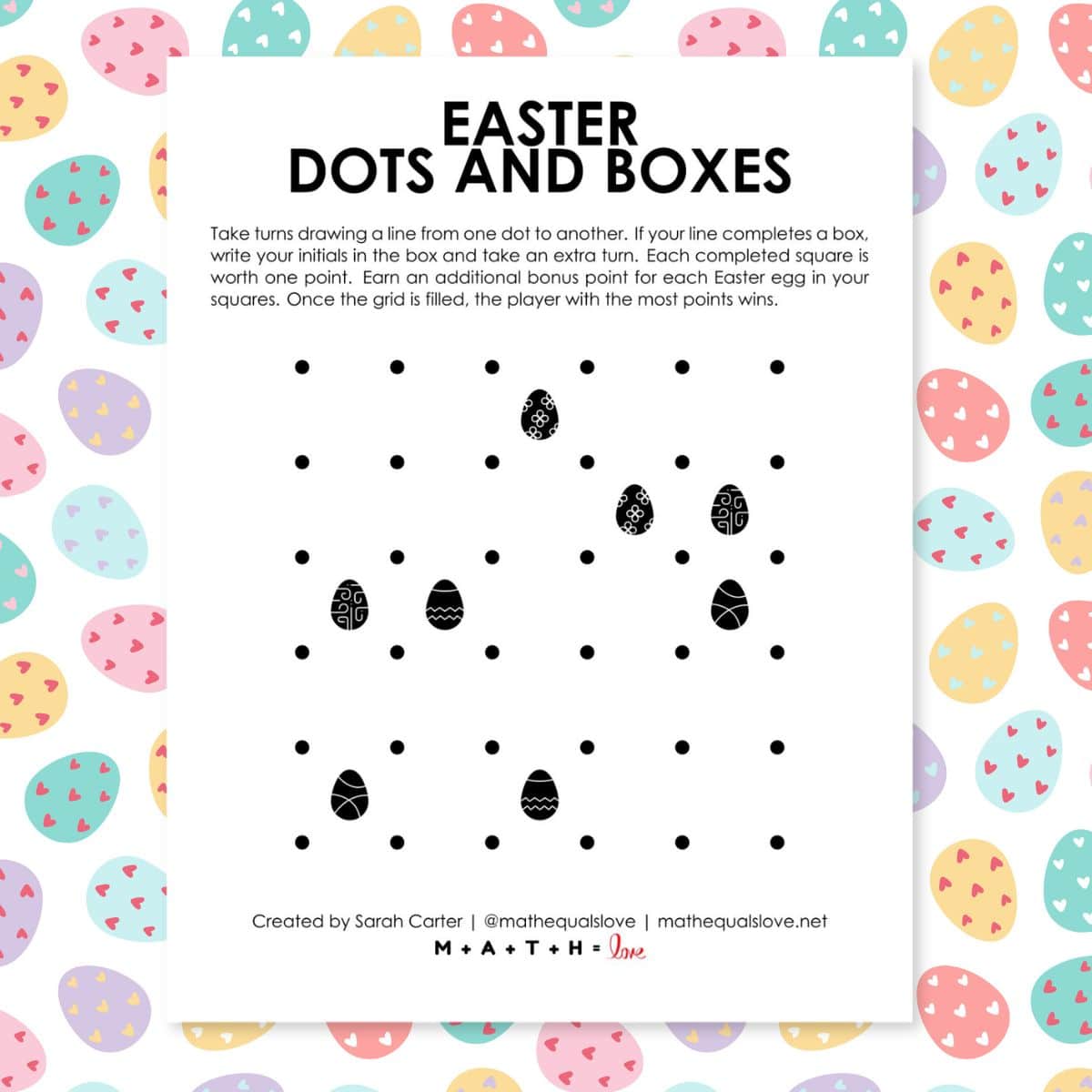
Love this
Me too, Tara. So excited for the first day of school!
SO SUPER COOL!!!!
Hi Sarah,
I have been trying to download some of your resources from your blog but when it takes me to your appbox page and I select download, nothing happens and an error message comes up. Is there any other way of getting a copy of your files (broken circles and Rainbow Puzzle)?
I did this years ago with my 6th graders… Squares … And found them recently, I might have to convince my co-teacher to do it this year. Thank you!
Very cool! I was torn between doing the squares and the circles. Circles seemed easier to make with the help of some geogebra.
I did a version of this at a standards of math practice training last year. I know it was hard for us to follow the directions! Haha. I love your reflection piece. I may have to see if I can fit this into my first week activities!
I think it will be hard for my students to follow directions, too!
I can't wait to try this with my 4th graders – not sure if I will use circles or squares, but definitely working it into our first couple of days together. Thanks!
Awesome! Hope your 4th graders love it and learn something from the experience.
Thanks so much for this post! We are definitely going to do this with our 7th graders (and hopefully our 8th graders)! I love reading your blog posts and often send them to my teachers to read. Thank you for everything you do, and congratulations (belatedly) on your wedding!
Awww…thanks!
At the middle school where I am an instructional coach – we use this text heavily as our PD for helping teachers learn how to implement groupwork. I am speaking at TMC16 on this subject. Out of Cohen's book we use Broken Circles and also the Master Designer — both are amazing! Thanks for sharing your experience and links to the resources – I have it linked in my presentation!
Very cool!
This is just the new thing I needed for the first week of school! Thank you! I love the most that you put Shaun and Sarah on the template! Super cute married math couple!
🙂
Sarah,
Thank you for sharing! Group work is something I began to implement my second year of teaching because I saw the benefits of putting my students in groups at the end of my first year. i found that having my students in rows led to isolation, lack of focus, and lack of motivation. I started to group my students based off where they tested out math grade level wise. I put two strong math students at the same table with two students who struggled. I started seeing peer tutoring, collaboration, and discussions happening and I loved the fact that i became more of a facilitator in the classroom. However, your point on norms has stuck with me because throughout my second year I still found myself encouraging students to talk to one another and correcting behaviors of disrespect.
I think that establishing group norms during the first week of school is a great way for us all to get to know each other as well as building a strong foundation for groupwork that will benefit us all throughout the school year. I love the activity 'Broken Circles' and am super interested in reading the book "Designing Groupwork" because I never want my students in rows again! The activity is very clever because it forces everyone to work as a group in the closest way possible because communication is minimal. I love how every circle must be completed to win because that is only possible with person 'A' realizing that everyone needs their help. I love the norms learned here because it targets the areas I have been struggling with in terms of groupwork. I want my students to look out for others in their group and understand that they are a team and that the task isn't complete until everyone is on the same page and complete. The reflection piece is key because it will allow students to internalize the point of this activity. In addition, open discussion will further reinforce the norms that were learned whether they realized it or not. I feel like the students will feel more bonded with their classmates and it will set a positive tone for the year.
Love this post!
Definitely recommend the book!
This is a great activity for many reasons. I love that they have to work together AND separately. One student cannot just grab everyone's pieces and make all the circles. The silent part will be tricky with some classes, but I like that aspect also. I am thinking of using this to begin trig review as a way to remind them of the relationship between angles/radians/fractions of a circle.
Very cool!
I like your thinking with the trig review!
Love this! Can't wait to try it my Math2 and Stats kids.
Hope they love it, too!
Hi, Sarah!
I tried this activity with my 9th grade students today, and it was awesome!!!! Today was their 2nd day with me (we are on block schedule) and this a perfect way to show them the importance and following directions, working together to achieve a goal, and persevering until the goal is accomplished.
Thank you for sharing this and everything else you share. I've been following your blog for several years and I love your ideas. This is my 18th year teaching high school math, but am constantly trying out new cool and fun things to do in my classroom. 🙂
Yay! SO glad to hear it!
Sarah,
Thank you so much for sharing so much on your blog!! I know I have used several of your ideas and want to say thanks 😉
I am looking forward to trying this tomorrow. We did the marshmallow challenge today, so this one will be quite different for them.
Thanks again for sharing your idea and and handouts.
You're welcome, Cori!
I did this with my Alg1 and Alg2 classes. The groups of 3 went MUCH faster (like 3 min to complete), than the 4s or 5s (more like 8 min). Also having the reflection on hand for groups that finish to start was essential. It helped the "no talking" rule since everyone was quite.
I used paper clips for the pieces and one envelope per group. AND as I checked their circles (b4 I gave the reflection) I told them to paper clip the ORIGINAL pieces back together (not their completed circles). Made for a smooth transition for the next class.
Happy broken circles everyone. An overall fun activity to instill positive group norms.
-Ashley
Thanks for sharing, Ashley!
Do you have these color-coded in some way? Are all the A's blue, all the B's green, etc? Would that help with organization? Does it ruin the integrity of the activity or give students any "hints"?
Each set is printed on a separate color. The letters mark which is A, B, etc.
Ordering the book on designing group work today. I have been so worried that I won't be able to do the problem solving/ group work that I want my students to do in class. Your #teach180 post came at a perfect time for me. I want to do everything I can to prepare my students how to work together as I know my new approach to math is going to be a challenge to them at first. But less me more them is hopefully going to open their eyes and increase their love of math.
Yay!
Love this! Totally using it on the first day of school in my classroom. I'm definitely going to check out that book, too!
I can't recommend that book enough!
Revelation. Thank you!
You're very welcome!
i give thanks to jai mother sunlight for her great concern over me and my household. she really indeed has been a pillar to my family. i thank you so much for ending the sufferings in my home. my husband wanted to divorce me thinking i am the cause of his problems that he contacted a spell caster and they told him that i am the cause of his darkest moments. i am really happy to share how you bless us unexpectedly even more than we could ever acquired if we were to work for it i thank you mother. for this what you did, if i should give you money, it is not enough..so i praise great jai mata sunlight…… readers my name is kaur middy milas. and i'm residing in texas. on the internet, you will see lots of comments about bringing your ex back. many of them are not real. they will scam you, deceive you and they go for your money. i contact three different spell casters all says different to me. i formed victim for two and the other threatening to kill me if i don't send him money. but when i came to jai sunlight first she advise i applied it's works then i mailed back and tell her the situation is then she said we should use lovespell i obeyed i didn't mind i contacted before but i ended miserably i just believe jai mata sunlight because anytime she talks to me i feel like i am talking to my biological mother. she is really a goddess and a loving mother. if you need help about getting your ex back or maybe other problems you might have while not contact jai mata sunlight? via sunlightmata[at]gmail.com and expect a perfect change in your life. with lots of testimonies and blessings.
Hello, my name is Elizabeth, i was going through an article and found out about a man called Dr Pomoh. i have been suffering from breakup issues with different guys. i had to contact the spell caster. Steve was on the verge of leaving me for another woman. but i stayed positive and believe i could have him back and make him stay. lo and behold Dr Pomoh helped me. Steve and i are getting married soon. Dr Pomoh is such a nice man, he also helped me stop my cardiac arrest problem. Thanks to him and thanks to God for the gift given to him. If you have any problem whatsoever, contact him on this email: godpomohspelltemple[at]gmail.com
Contact him for the following and see the great work of Dr Pomoh:
(1)If you want your ex back.
{2}If you want to be very successful
(3)If you are searching for a job
(4)You want to be promoted in your office.
(5)You want women/men to run after you.
(6)If you want a child.
(7)You want to be rich.
(8)you want to get Marriage Spells
(9)Remove Sickness from your body Spells
(10)Business spell
(11)Lottery winning numbers
contact him on this email: godpomohspelltemple[at]gmail.com
Have you ever used this to reinforce fractions? I'm thinking in determining a common demoninator for the sections and put fractions on the back side.